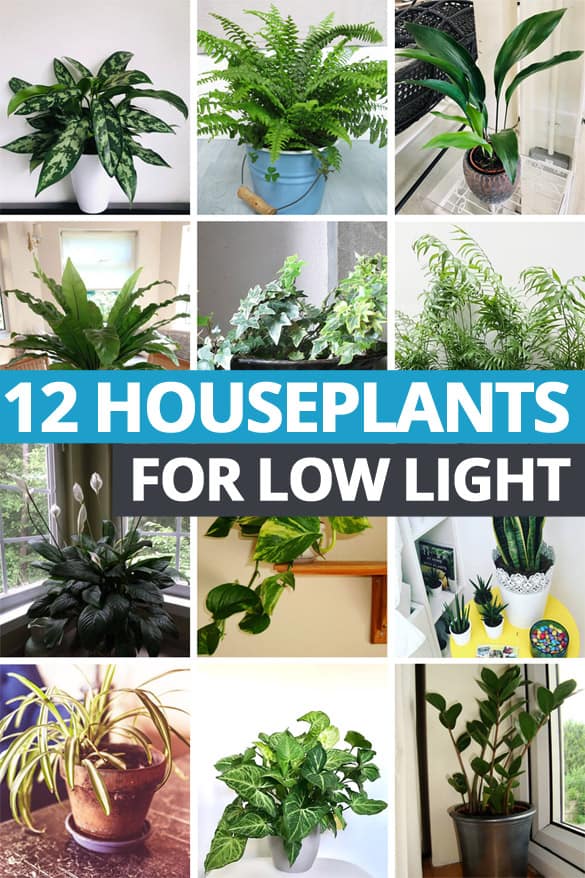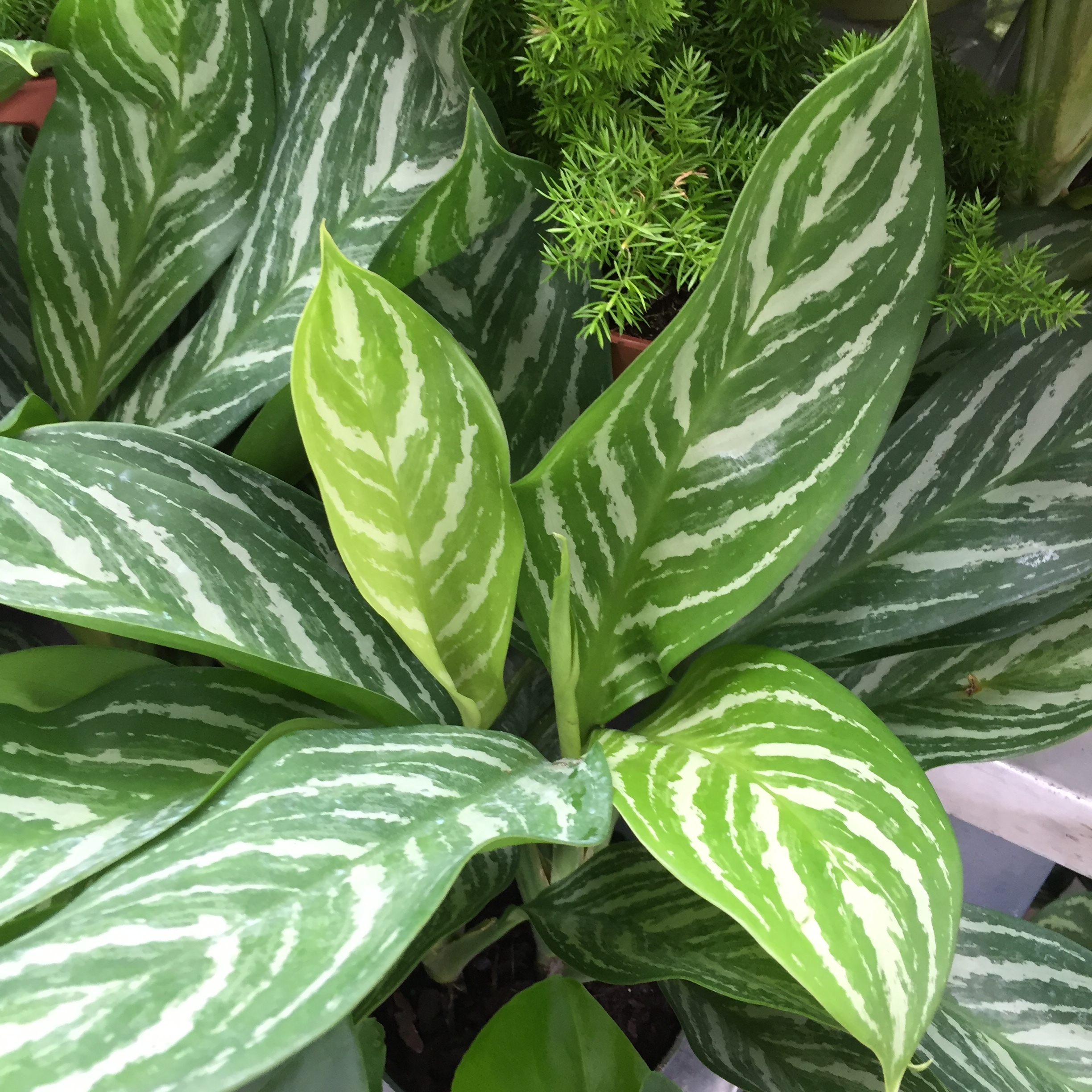A Guide to the Best Low-Light Indoor Plants for Small Spaces
A Guide to the Best Low-Light Indoor Plants for Small Spaces
Blog Article
Discover the Unique Benefits of Low-Light Indoor Plants for Your Living Space
Incorporating low-light indoor plants into your living area offers a plethora of advantages that expand far past plain looks. These sturdy plants not only thrive in environments with minimal sunlight however additionally serve essential features such as air filtration and humidity enhancement.
Air Filtration Advantages
Low-light indoor plants not just enhance the aesthetic appeal of living areas yet also play a substantial role in air filtration. Study has demonstrated that particular plant species can effectively get rid of common interior pollutants, including benzene, formaldehyde, and trichloroethylene. These substances typically rise from household items such as furnishings, cleansing products, and structure materials, contributing to indoor air quality problems.
Plants such as the serpent plant, pothos, and peace lily are specifically adept at filtering dangerous materials from the air while flourishing in low-light problems. The process of phytoremediation, in which plants absorb and metabolize contaminants, enables these species to contribute substantially to a healthier interior environment. Furthermore, with photosynthesis, plants release oxygen, further boosting air quality.
Including low-light interior plants into home or office rooms not only gives visual advantages but additionally acts as a sensible method for enhancing air high quality. By selecting the best types, individuals can develop an environment that advertises well-being and minimizes direct exposure to hazardous toxins, making these plants a crucial aspect in modern indoor living.

State Of Mind Improvement Effects
Various research studies have shown that including interior plants can considerably boost state of mind and overall psychological well-being. The presence of plant in indoor settings has been connected to reduced tension levels, enhanced feelings of peace, and enhanced emotional health and wellness. Low-light indoor plants, particularly, thrive in atmospheres where all-natural light is limited, making them perfect for different living areas.
Research suggests that communicating with plants can stimulate the release of serotonin, a neurotransmitter connected with feelings of happiness and wellness. In addition, the act of looking after plants fosters a sense of duty and accomplishment, further adding to favorable mental health and wellness end results. Moreover, low-light plants such as serpent plants, pothos, and peace lilies have actually been shown to improve air top quality, which is inherently linked to state of mind improvement.
Incorporating these plants into your office or home can create a calm ambience, using a sensory and aesthetic retreat from the pressure of life - Best low-light indoor plants. As people spend raising quantities of time indoors, the mood-enhancing results of low-light interior plants end up being much more crucial, offering not only visual charm but additionally an extensive effect on emotional wellness
Reduced Upkeep Requirements
For those looking for to boost their interior rooms without a significant time commitment, low-light indoor plants are a perfect choice due to their reduced maintenance needs. These resistant plants prosper in less-than-ideal lighting problems, making them ideal for homes and offices where natural sunshine is restricted.

Pest resistance is another advantage of low-light interior plants. Lots of selections are much less susceptible to typical pests, lowering the need for continuous surveillance and treatment. These plants typically grow extra gradually than their high-light equivalents, suggesting much less constant repotting and trimming are essential.
Aesthetic Allure and Adaptability

Furthermore, these plants can be set up in myriad means, whether in teams for a lavish result or as standalone features to draw the eye. The selections of planter designs-- from streamlined ceramic pots to rustic wood containers-- further enhance their visual worth, permitting property owners to reveal their individual design.
In addition, low-light plants can be purposefully positioned in locations that may otherwise really feel disregarded, such as corners or poorly lit shelves, consequently optimizing their ornamental potential. Eventually, the combination of their striking look and adaptability makes low-light interior plants a valuable addition to any type of living room, developing an inviting ambience that promotes wellness and leisure.
Improved Moisture Levels
Enhancing interior moisture levels is among the substantial benefits of integrating low-light indoor plants into living spaces. These plants normally release moisture vapor via a process called transpiration, which happens when water soaked up by the origins relocates through the plant and evaporates from the fallen leaves. This procedure not only raises humidity however additionally adds to a much healthier interior environment.
Enhanced moisture levels can ease different health concerns, such as completely dry skin, respiratory issues, and allergies. Numerous people experience discomfort in dry interior conditions, specifically throughout cold weather when home heating systems remain in use. By purposefully positioning low-light plants throughout your home, you can produce a much more well balanced humidity level that promotes overall health.
Furthermore, certain low-light interior plants, like peace lilies and crawler plants, are particularly effective at raising humidity. Their capability to flourish in low-light atmospheres makes them moved here ideal for various spaces, from offices to bedrooms. Along with enhancing humidity, these plants can also enhance air high quality by filtering out common interior pollutants, making them a useful enhancement to any type of home. Therefore, low-light indoor plants offer both visual and useful objectives, promoting a healthier atmosphere.
Conclusion
In recap, low-light indoor plants supply various benefits that add to a healthier and extra welcoming living space. Their capability to purify the air, improve mood, and improve humidity levels highlights their value as reliable design aspects. Furthermore, their reduced maintenance needs and aesthetic adaptability make them ideal for numerous settings. Incorporating these durable plants view it now right into indoor setups not only raises the setting yet also promotes general health, developing a relaxing shelter for residents.
Plants such as the serpent plant, pothos, and tranquility lily are particularly skilled at filtering system unsafe compounds from the air while prospering in low-light problems. Low-light plants such as serpent plants, pothos, and tranquility lilies have actually been revealed to improve air quality, which is inherently connected to mood enhancement.
Low-light indoor plants, such as serpent plants, pothos, and ZZ plants, not just improve the visual landscape of a space but likewise introduce numerous structures and tones of eco-friendly that can complement diverse indoor designs. These plants naturally release dampness vapor with a procedure understood as transpiration, which occurs when water taken in by the origins moves through the plant and evaporates from the leaves.Moreover, particular low-light indoor plants, like tranquility lilies and crawler plants, are particularly reliable at increasing humidity.
Report this page